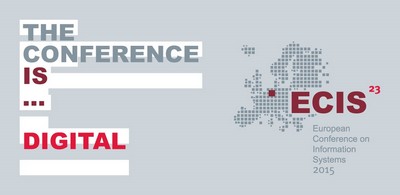Abstract
To meet future mobility challenges, major original equipment manufacturers (OEM) are pushing forward various technical solutions. The electric drive is considered to be a particularly promising approach. Yet, the required battery technology brings new limitations: Besides long charging times and high costs, very limited range is seen as a major disadvantage. While most OEMs focus on charging the battery in the car, some pursue an approach that combines charging with battery swapping. This allows the driver to automatically get an empty battery replaced with a charged one in a switch station. Both the extensive infrastructure as well as the necessity of buying additional batteries result in additional cost for customers and switch station companies. With the help of a simulation model, this paper explores requirements for battery inventory as well as switching station utilization. We find that for a higher number of customers, the pooling effect of stochastic variables will greatly reduce the number of spare batteries per customer. Switching stations therefore provide a well-suited business case for station operators which enables efficient re-use of batteries and contributes to a greener mobility system. Additionally, customers could be incentivized to purchase cars with changeable batteries.
Recommended Citation
Dauer, David and Flath, Christoph M., "Simulation-based Evaluation of Battery Switching Stations for Electric Vehicles" (2015). ECIS 2015 Research-in-Progress Papers. Paper 45.
ISBN 978-3-00-050284-2
https://aisel.aisnet.org/ecis2015_rip/45


